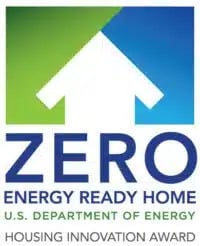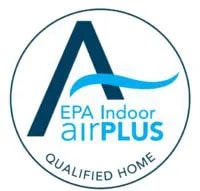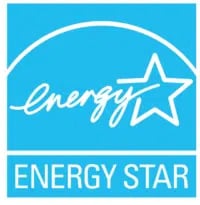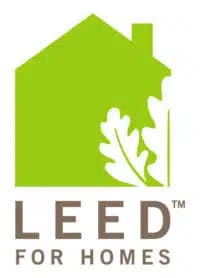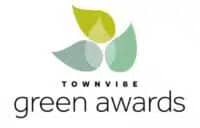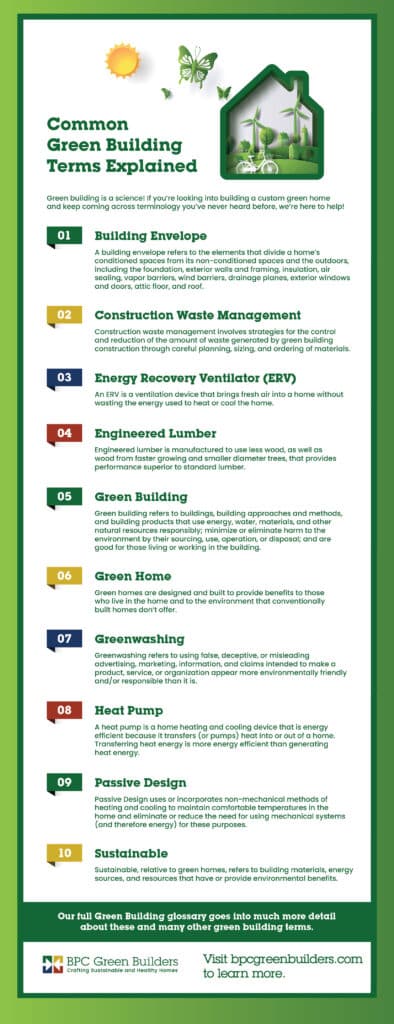
Green building is a science! If you’re looking into building a custom green home and keep coming across terminology you’ve never heard before, we’re here to help!
Building Envelope
A building envelope refers to the elements that divide a home’s conditioned spaces from its non-conditioned spaces and the outdoors, including the foundation, exterior walls and framing, insulation, air sealing, vapor barriers, wind barriers, drainage planes, exterior windows and doors, attic floor, and roof.
Construction Waste Management
Construction waste management involves strategies for the control and reduction of the amount of waste generated by green building construction through careful planning, sizing, and ordering of materials.
Energy Recovery Ventilator (ERV)
An ERV is a ventilation device that brings fresh air into a home without wasting the energy used to heat or cool the home.
Engineered Lumber
Engineered lumber is manufactured to use less wood, as well as wood from faster growing and smaller diameter trees, that provides performance superior to standard lumber.
Green Building
Green building refers to buildings, building approaches and methods, and building products that use energy, water, materials, and other natural resources responsibly; minimize or eliminate harm to the environment by their sourcing, use, operation, or disposal; and are good for those living or working in the building.
Green Home
Green homes are designed and built to provide benefits to those who live in the home and to the environment that conventionally built homes don’t offer.
Greenwashing
Greenwashing refers to using false, deceptive, or misleading advertising, marketing, information, and claims intended to make a product, service, or organization appear more environmentally friendly and/or responsible than it is.
Heat Pump
A heat pump is a home heating and cooling device that is energy efficient because it transfers (or pumps) heat into or out of a home. Transferring heat energy is more energy efficient than generating heat energy.
Passive Design
Passive Design uses or incorporates non-mechanical methods of heating and cooling to maintain comfortable temperatures in the home and eliminate or reduce the need for using mechanical systems (and therefore energy) for these purposes.
Sustainable
Sustainable, relative to green homes, refers to building materials, energy sources, and resources that have or provide environmental benefits.


